The problem with Michelangelo Public and Private: Drawings for the Sistine Chapel and Other Treasures from the Casa Buonarroti isn’t the core of the exhibit itself. Had the Seattle Art Museum stripped it of lard and presented it with the modesty it deserves, it would have been a fine thing to see in a small gallery on a rainy afternoon.
Instead, Michelangelo comes with the trappings of a major moment: a wall-sized time-line of the artist’s life, extensive text, copious illustrations and an attempt to create titillating controversy.
Flashing on the Web site:
Michelangelo burned most of his sketches. Come see 12 drawings that escaped the fire.
They escaped the fire but not their admirers. The Casa Buonarroti Web site explains why the drawings are ghostly. The best of the 200 in the collection were on view from 1566 to 1960 with no time out for good behavior. The Uffizi undertook their restoration, returning them 15 years later.
Surely the Uffizi is not responsible for what happened to a preliminary sketch for The Last Judgment. The wall label notes that the artist created it in black chalk, reinforced later with pen and ink. In other words, it’s an original traced into a forgery.
Make that 11 sketches. Still, they’re Michelangelo’s. Not for nothing did he regret his work when he was a pious old man, inclined to agree with the cleric Pietro Aretino that some of his nude figures would be “at home in some voluptuous bathhouse, certainly not the highest chapel of the world.”
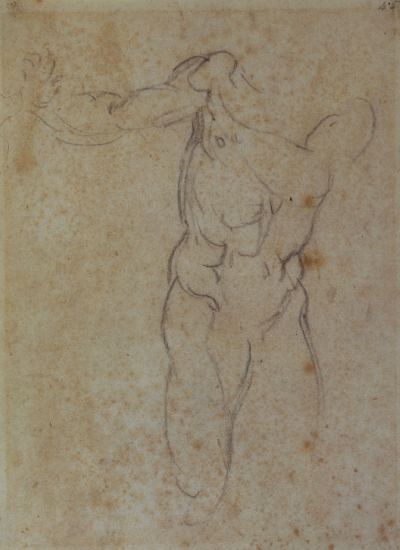 As a colorist Michelangelo was the equal of Raphael, and his forms have no peers.
As a colorist Michelangelo was the equal of Raphael, and his forms have no peers.
This show screams minor museum in a provincial town.



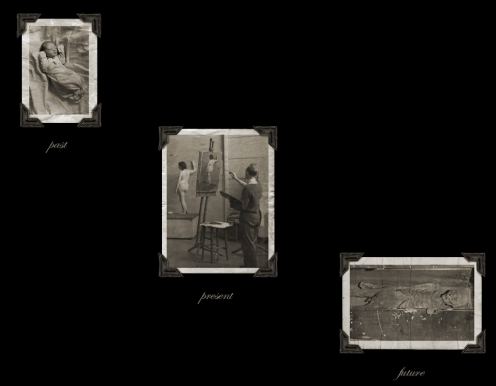 And nothing else. What else is there?
And nothing else. What else is there?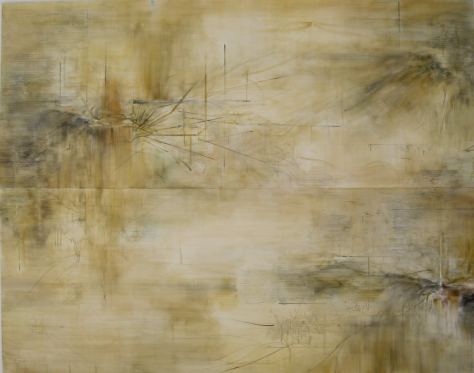 Besides the above painting, her exhibit at
Besides the above painting, her exhibit at 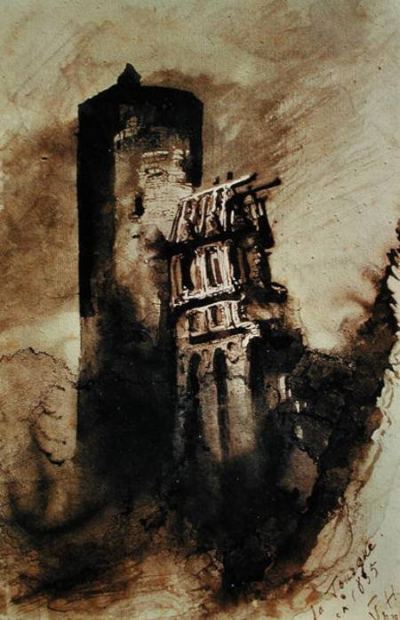 Now that few who are not forced read his famous novels (thick in every sense), his
Now that few who are not forced read his famous novels (thick in every sense), his 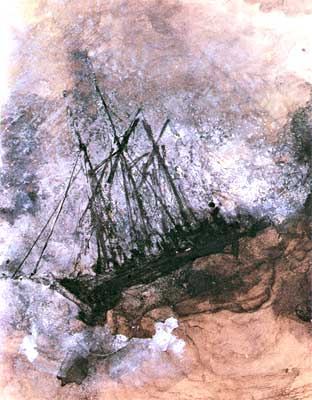 The link between him and certain painters of the present moment is the use of fine lines that cut through vapor to shovel smoke.
The link between him and certain painters of the present moment is the use of fine lines that cut through vapor to shovel smoke.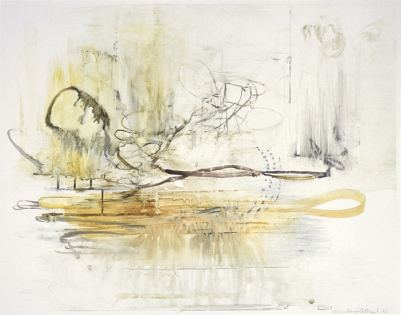
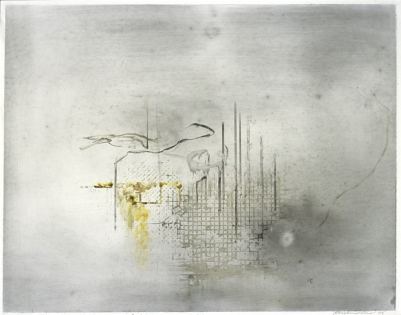 In San Francisco,
In San Francisco, 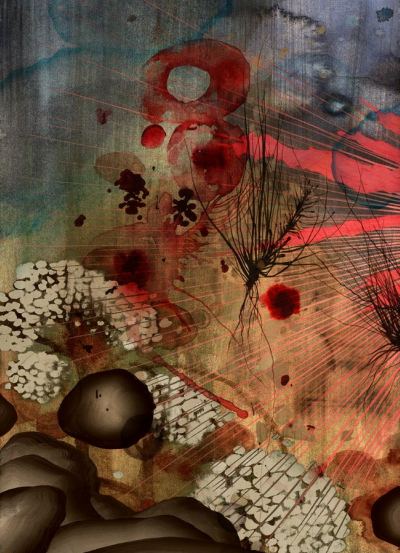 In New York,
In New York, 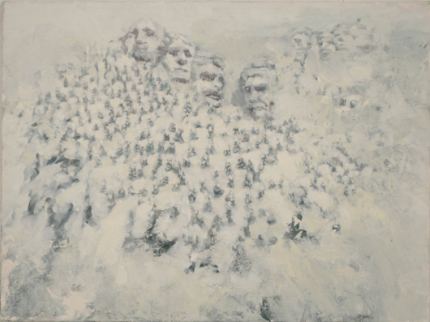 In LA,
In LA, 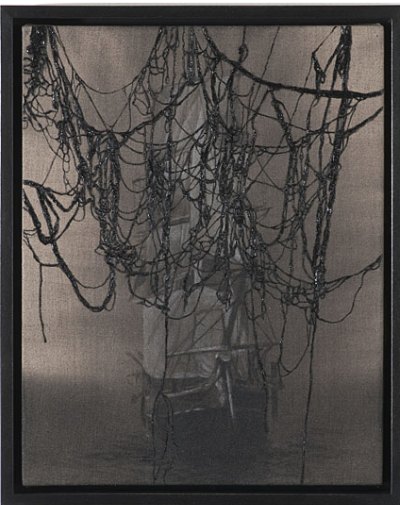 In LA and New York,
In LA and New York, 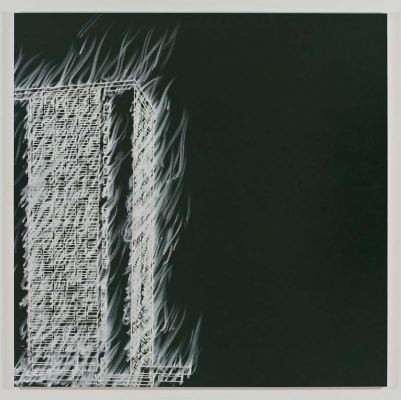 In New York and London,
In New York and London, 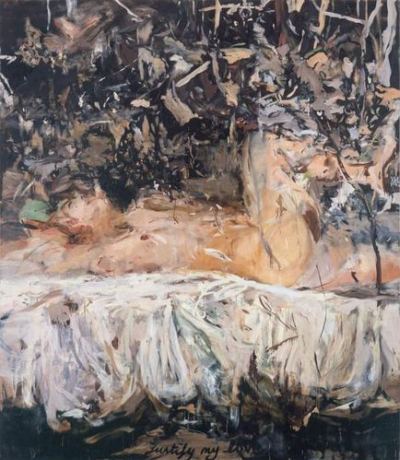 And two more from Seattle,
And two more from Seattle, 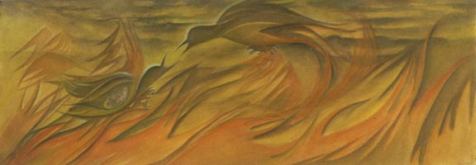 …and
…and 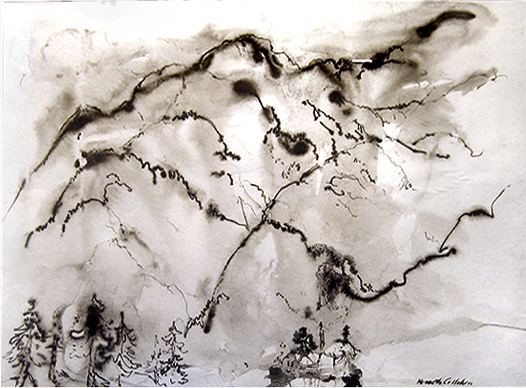
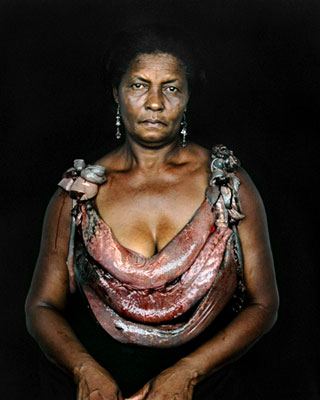
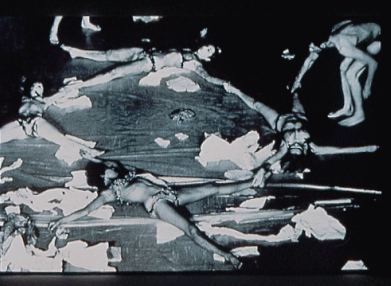 Zverina also offered his meat poem, titled, Holy Cow.
Zverina also offered his meat poem, titled, Holy Cow.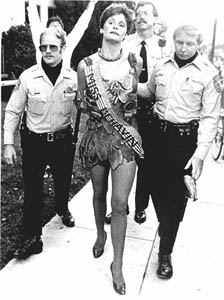 Thanks, everybody.
Thanks, everybody.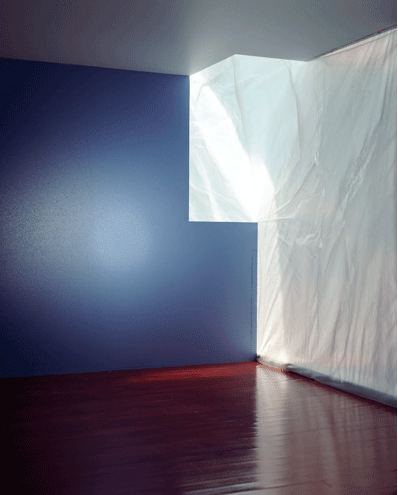
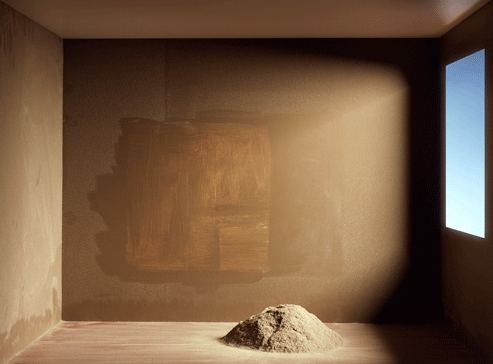 More toying with art history. Above, James Turrell meets
More toying with art history. Above, James Turrell meets 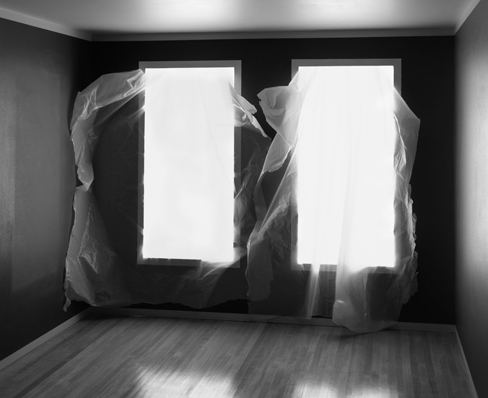 Above, light wrapped and ready with nowhere to go.
Above, light wrapped and ready with nowhere to go.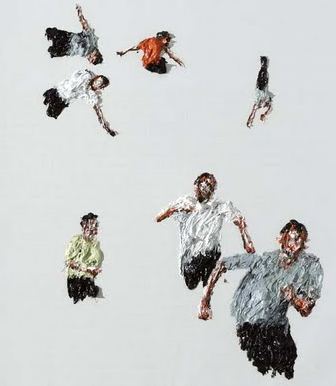
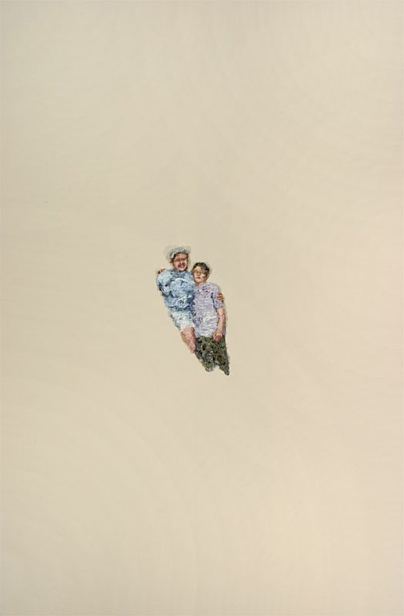
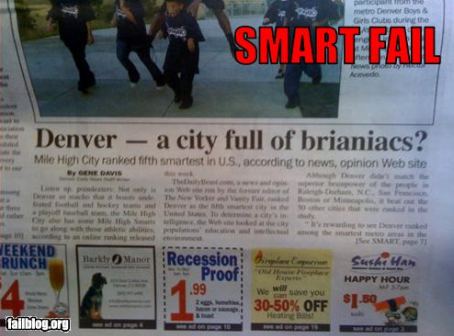
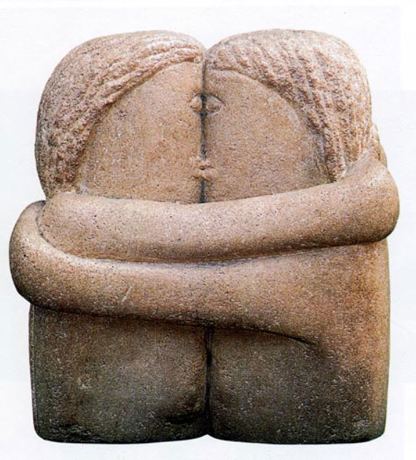
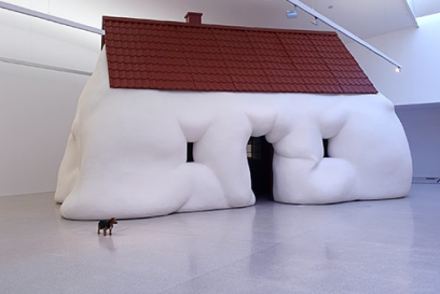
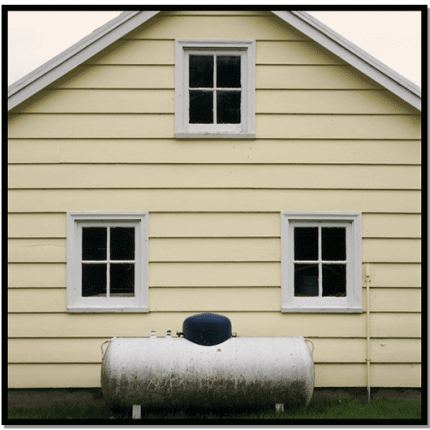
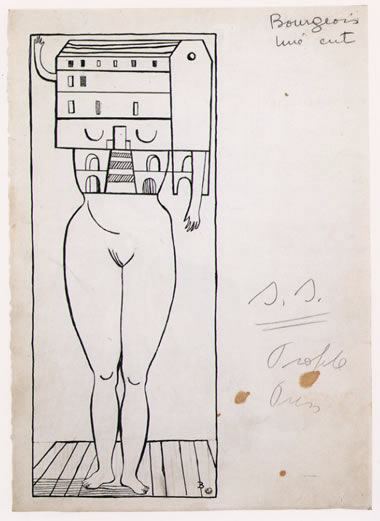
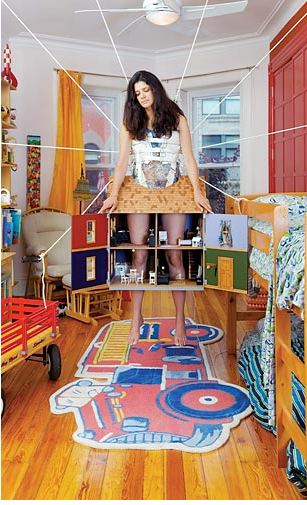
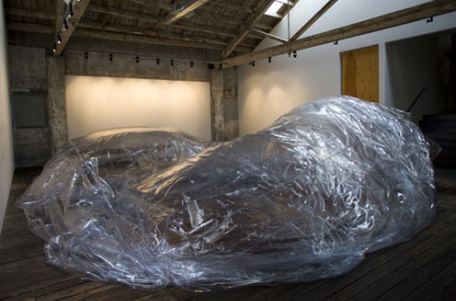
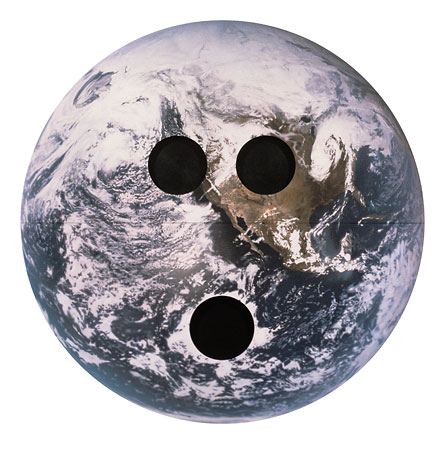
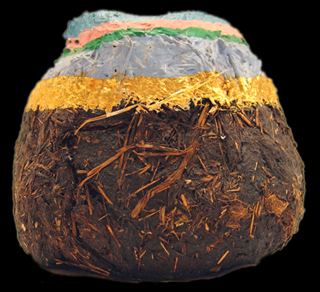 Chris Ofili followed in 1996, getting all the
Chris Ofili followed in 1996, getting all the 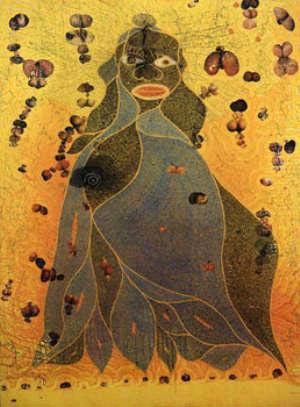 For sheer invention, David Hammons is the equal of Bruce Nauman, although Nauman is the bigger name. Why? I don’t think it’s racism alone, although racism can’t be counted out. Nauman will talk to people. He’s willing to participate in the gallery and museum system. Hammons is not.
For sheer invention, David Hammons is the equal of Bruce Nauman, although Nauman is the bigger name. Why? I don’t think it’s racism alone, although racism can’t be counted out. Nauman will talk to people. He’s willing to participate in the gallery and museum system. Hammons is not.